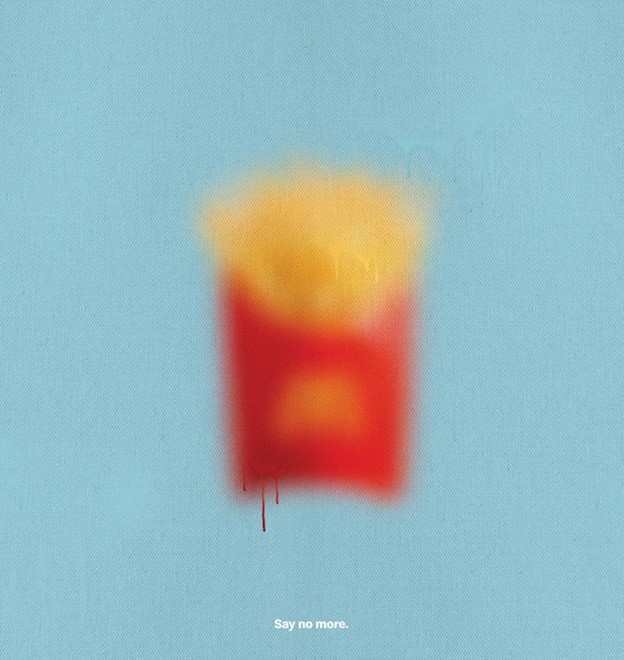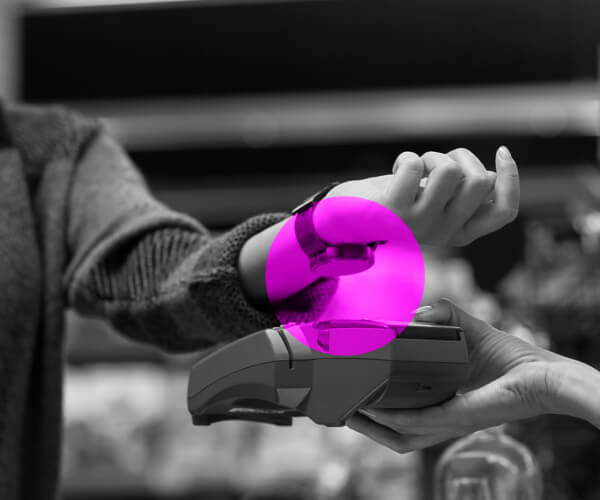Digital Retail Presents Real Challenges that Behaviorally Can Help You Overcome!
The retail world is decidedly digital. Our clients have shared their challenges to manage product data content at e-commerce retailers and ensure their PDPs are compliant, effective, and helps to drive sales. We hear you! And we have chronicled your challenges in our e-book that addresses Ten Pain Points in E-commerce to Overcome.
Challenge #5 is that your consumers buy what they see!
Since our founding as PRS almost 50 years ago, behavioral science has provided guiding principles in our methodologies that define and diagnose what influences shopper choice. These principles are equally valid in physical as well as digital retail. The most fundamental behavioral truth is that 80% of shelf impressions are visual, so it is essential to measure consumers’ visual perception of products to predict how brands can drive shopper growth. From our inception as consultative partners helping clients navigate opportunities and obstacles along the physical path-to-purchase, we have understood the power of vision. It has been the impetus behind our development of innovative technology, enabling us to capture, analyze and KNOW what shoppers see, unconsciously, rather than guess or ask them to describe, too often unreliably, what registers visually.
Let’s unpack what is behind behavioral science at work here.
One of the most fundamental constructs in BeSci describes human decision-making in what Nobel Prize winner Daniel Kahneman popularized as “System 1 and System 2” thinking. The more time-constrained or automatic the choice, the more decision-making leans toward “system 1”, and we react to whatever our brains process fastest.
The reality is that the human brain processes images 60,000 times faster than text, and 90 percent of information transmitted to the brain is visual. Thus, the way we decide about most things (not least what goes in our shopping carts) becomes a System 1, visually driven experience!
There have been lots of experiments that demonstrate this well. We can identify a brand with just a tiny bit of information if the visual is slightly recognizable. Even without a full manifestation of a brand, or a product, our brains fill in the missing pieces, and we connect what we see to what we recognize and associate with the visual, which informs our choice.

McDonald’s even capitalized on the phenomena in an OOH advertising campaign in Puerto Rico for its signature fries menu option.
Test yourself with this “Guess the Logo” Quiz from Business Insider, which displays logos shapes with names stripped out! What we see is the shorthand and first trigger for what we choose and buy!
When reaching for a product to put in our physical carts, beyond brand association, the three-dimensional surfaces of a pack have always conveyed a tremendous amount of information that we can process instinctively. Behaviorally’s decades of physical pack testing demonstrated that consumers process benefits, claims, size of contents, and other choice levers often as much by imagery as by actually reading text.
The backbone of our normative database and the metrics for predicting the performance of new packs on physical shelve is the millions of tests we’ve conducted of what consumers see when they are at the moment of choice. Even color plays an unconscious role in conveying a value proposition that informs consumer choice. Additional contextual prompts advise the best practices brands can follow based on categories, such as pet care versus candy or beauty, and the shopping mission – say, replenishment versus impulse buy.
Enter the e-commerce shelf.
In previous posts, we explored the daunting complexity facing e-commerce marketers when managing product detail in e-commerce platforms. Numerous examples of tips, guidelines, “best practices,” and e-tailer rules cite the importance of compliant images. But the closest existing product detail platforms get to “compliance” metrics is dictating the number of pixels required to ensure a picture isn’t blurry on mobile devices and admonishments that manufacturers use “compelling” images in their PDPs and manufacturers’ pages.
What makes an image compelling, or more importantly, effective in terms of conversion, driving your product selection within the constraints of the digital shelf? What, if anything, can brand and e-commerce marketers rely on as predictive of product image performance success, drawing on reliable metrics that are category and shopping occasion-specific based on analysis of an extensive database of consumer tests? And perhaps the most important, if an image is identified as deficient, what are the specific things a manufacturer can do, quickly and efficiently, to improve the image’s potential to drive more purchases?
The Solution? Flash.PDP™!
Behaviorally is the leading digital partner to help brands drive shopper growth. We know these challenges exist for our clients on e-commerce teams who want to win in digital retail. So, we developed a solution that leverages visual recognition AI, our extensive database of shopper marketing content, our unique behavioral framework, and decades of category expertise. Introducing Flash.PDP – an always-on alert system to identify and optimize product images on the PDP that will convert to sales and drive shopper growth. Our new tool addresses category and retailer-specific metrics that provide easy, efficient ways to monitor and optimize images to increase sales.
To learn more, contact a Behaviorally digital retail expert today here.

